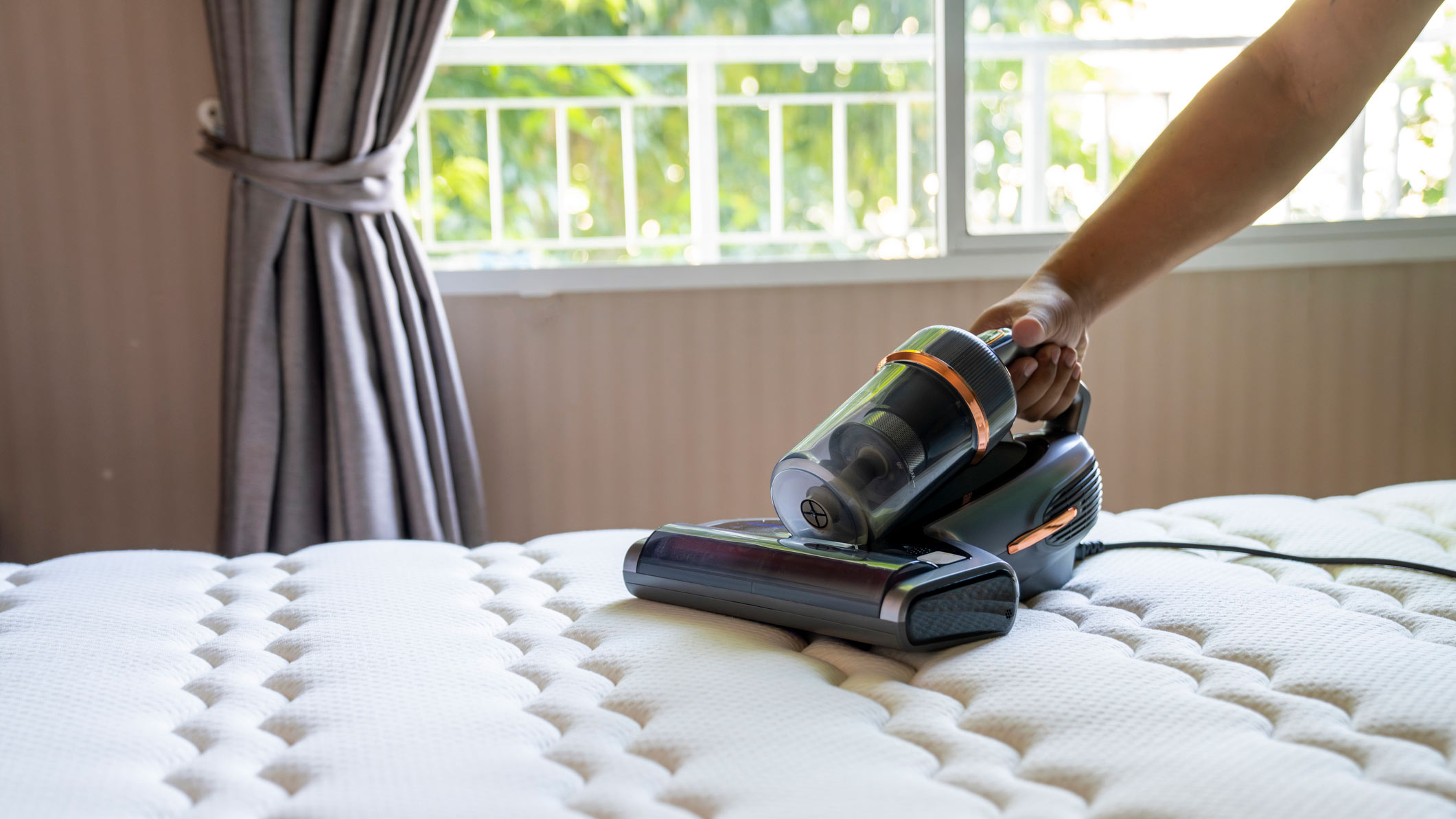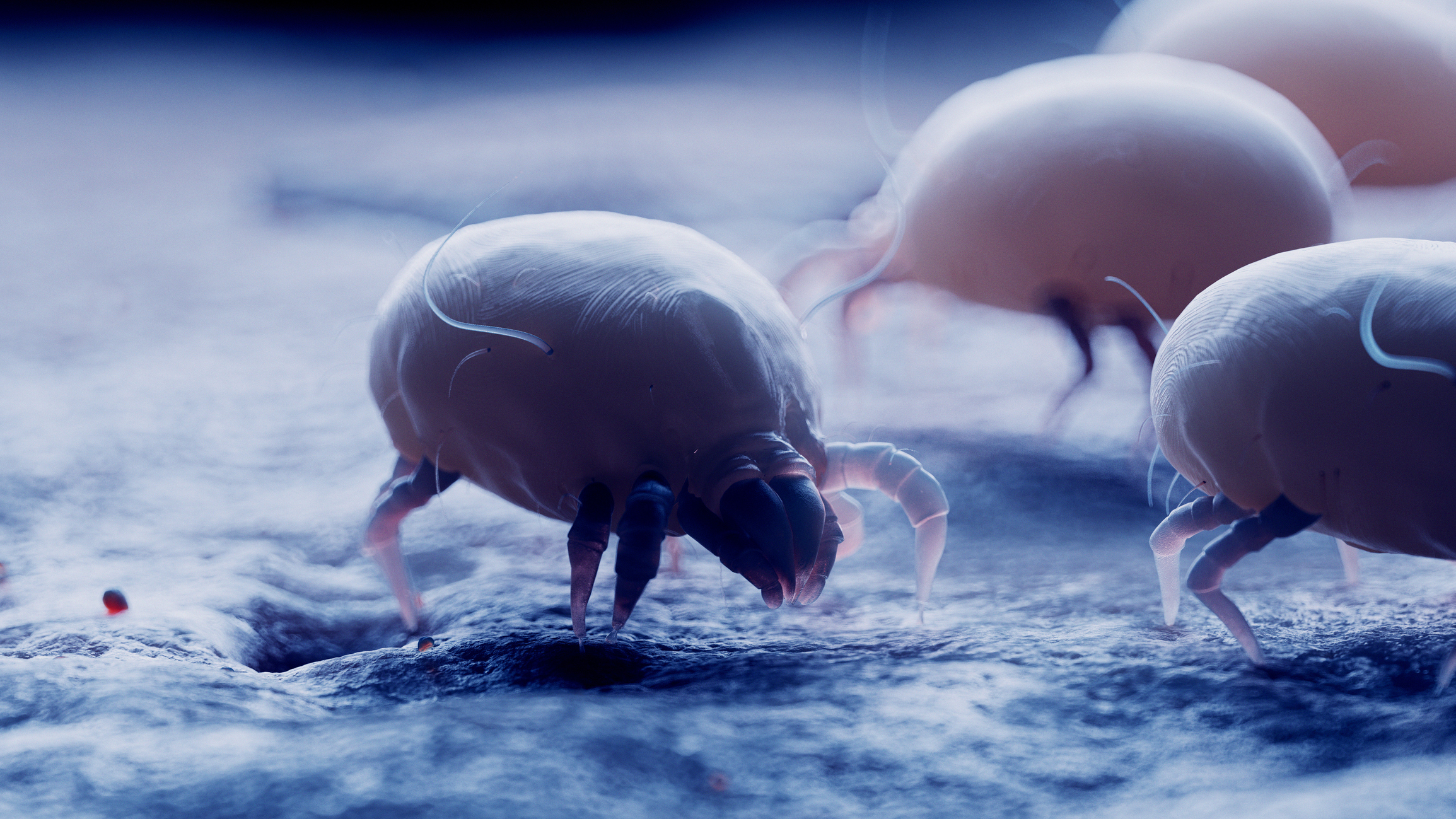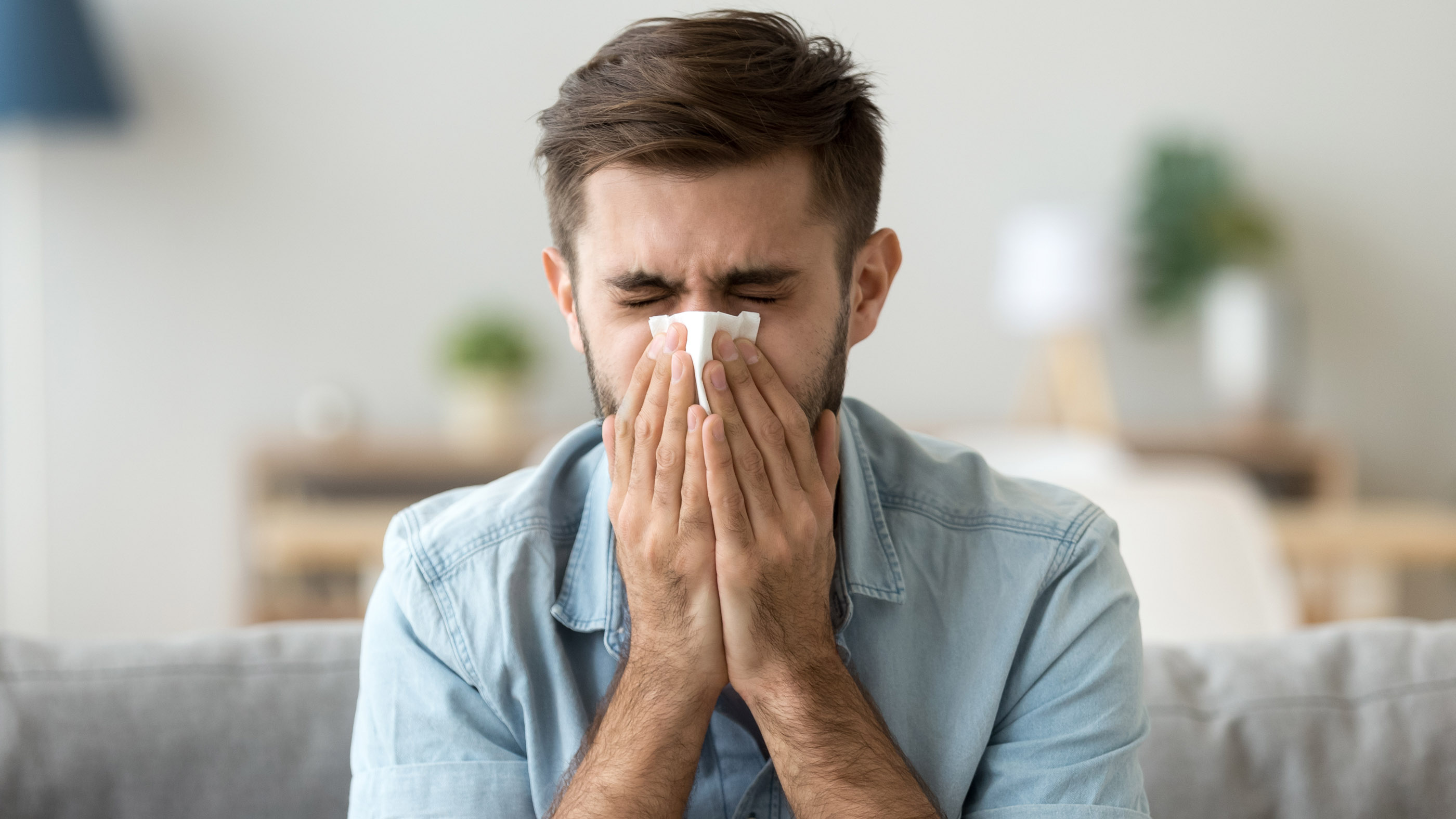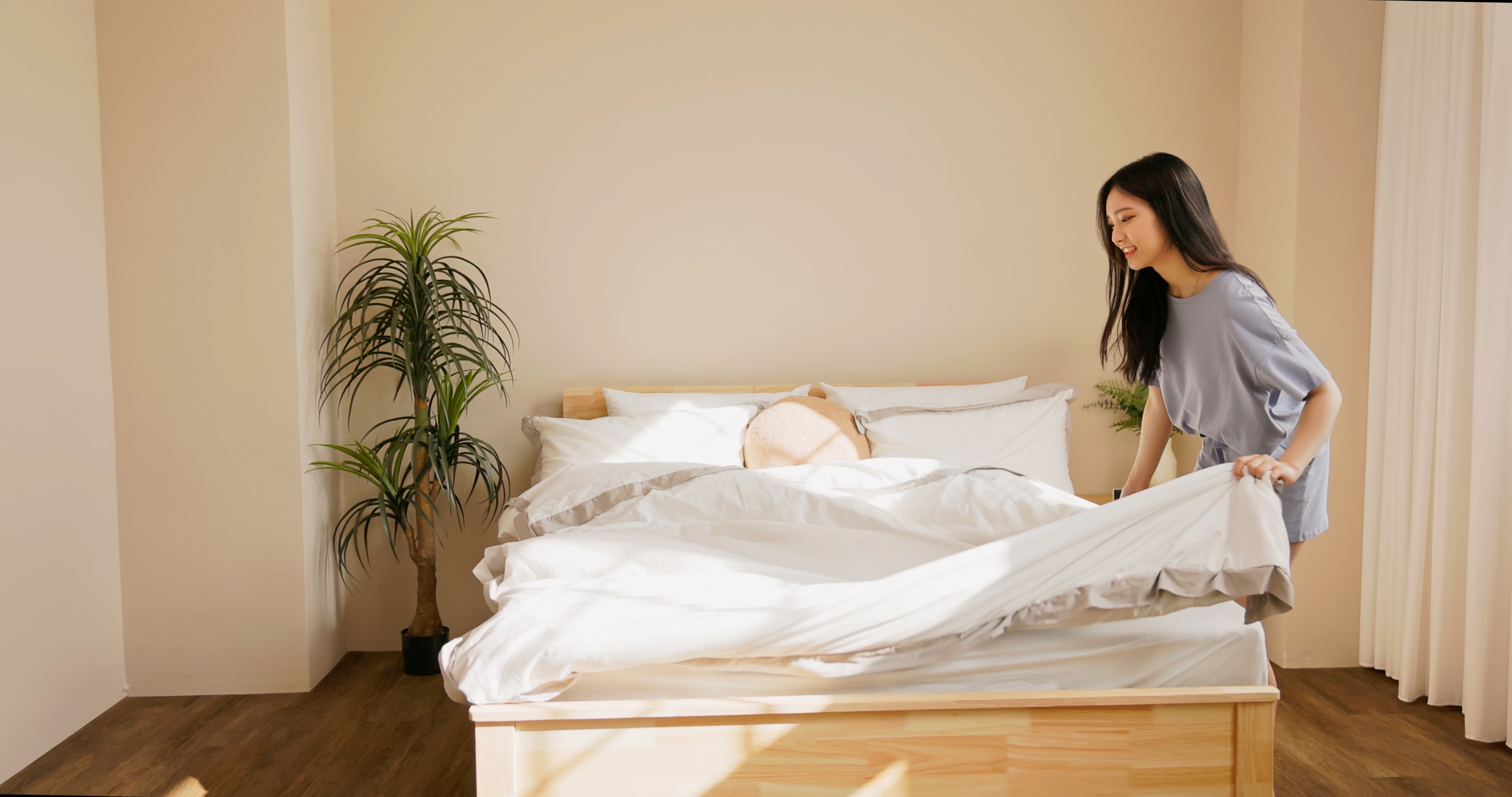How to get rid of dust mites
Struggling with unwanted critters in your home? Learn how to get rid of dust mites with these allergist-approved tips.

If you want to know how to get rid of dust mites, you are not alone. These microscopic critters can get everywhere, and while you can’t actually eliminate them forever, there are certain steps you can take to reduce your exposure to them.
While not dangerous, dust mites live in the home and feed off dead skin from humans and pets. They can cause allergic reactions including wheezing, runny nose and itchy eyes and skin, and in worse cases can trigger an asthma attack.
Read on to find out more about how to get rid of dust mites if you have them in your home.
What are dust mites?
Dust mites are insect-like pests that are invisible to the naked eye. They live in warm, humid environments and feed off flakes of dead skin shed by people and pets. While dust mites do not sting or bite, they can cause allergic reactions and are one of the major triggers for people with asthma, according to the American Lung Association (ALA).
As their name suggests, dust mites can live anywhere there is dust, but are most commonly found in mattresses, bedding, upholstered furniture, carpets and curtains in your home. And, without wanting to cause alarm, they are nearly everywhere — four out of five homes in the U.S. have dust mite allergens in at least one bed, the ALA said.

How do you know if you are allergic to dust mites?
Dust mites themselves do not trigger allergic reactions — their waste does. When inhaled or touched, the proteins in their feces force our system to make antibodies to protect us.
"Determining if you are allergic to dust mites involves looking out for symptoms such as sneezing, runny or stuffy nose, itchy eyes, and in more severe cases, asthma symptoms like wheezing and difficulty breathing," Dr. Payel Gupta, an assistant professor at the SUNY Downstate Medical Center in New York and a spokesperson for the American College of Allergy, Asthma and Immunology, told Live Science by email.
Get the world’s most fascinating discoveries delivered straight to your inbox.
An allergy to house dust mites can also trigger additional symptoms in patients suffering from asthma, even if they are taking their medication. This is known as allergic asthma.
Moreover, exposure to dust mite allergens can exacerbate the symptoms of some skin conditions, Aneta Ivanova, a pediatric allergy nurse consultant for the Sandwell & West Birmingham Hospitals NHS Trust in Birmingham, England, told Live Science. “For example, eczema and the development of the painful skin condition spontaneous urticaria [AKA hives]," she said.
However, the symptoms of dust mite allergy are not specific to the condition, which is why it is important to confirm the diagnosis with a medical professional. "Confirmation usually comes through an allergy test, which can be a skin prick test or a specific IgE [antibody] blood test done by an allergist," Gupta said.

How to get rid of dust mites
Experts agree that, unfortunately, there is nothing you can do to eliminate dust mites completely, but there are some steps you can take to reduce exposure to these microscopic pests.
The first step is to reduce your exposure to household dust. “In the living room, damp dusting can help as well as choosing wooden floors over carpets, and vacuuming at least once a week. Opt for washable curtains, blinds or shutters that can be wiped. Also, you should ventilate the room regularly,” Ivanova said.
In the bedroom, damp dusting at least once per week can help, as can using hypoallergenic bedding and a barrier mattress, as well as duvet and pillow covers made from a special fabric that stops the mites going through.
"Encasing mattresses, pillows, and duvets in dust mite-proof covers limits their ability to settle," Gupta said. "You should also wash bed linens weekly in hot water (at least 130°F)," she said. Only extreme temperatures can kill the mites.

Next, address any sources of excess moisture in the air. "Dust mites thrive in humid environments. Keeping indoor humidity below 50% can help reduce their population," Gupta said. This can be done by using a dehumidifier, for example.
Speaking of household appliances, you could consider investing in an air purifier or vacuum cleaner equipped with HEPA filters, Gupta said. According to the U.S. Environmental Protection Agency, these filters can trap at least 99.97% of airborne particles as small as 0.3 microns — including any dust mite allergens trapped in the carpets or suspended in the air.
"HEPA filters are effective because they can trap fine particles, including dust mite feces and decaying bodies, which are the primary allergens," Gupta said. Many of the best air purifiers on the market are equipped with HEPA filters these days, and so are an increasing number of vacuum cleaners.
However, air purifiers should only be used alongside other control methods, because dust mites primarily live in fabrics and carpets, Gupta said.
This article is for informational purposes only and is not meant to offer medical advice.

Maddy Biddulph is a freelance health and fitness journalist with over 26 years of experience working for consumer media in the US and UK. As a Level 3 personal trainer and weight loss advisor she is used to trying out and reviewing the latest health and fitness products. At Maddy Biddulph Personal Training, she runs one-to-one and small group sessions, as well as group exercise classes. She specializes in mobility work with seniors and runs regular chair workouts in her hometown of Oxford.
- Anna GoraHealth Writer
